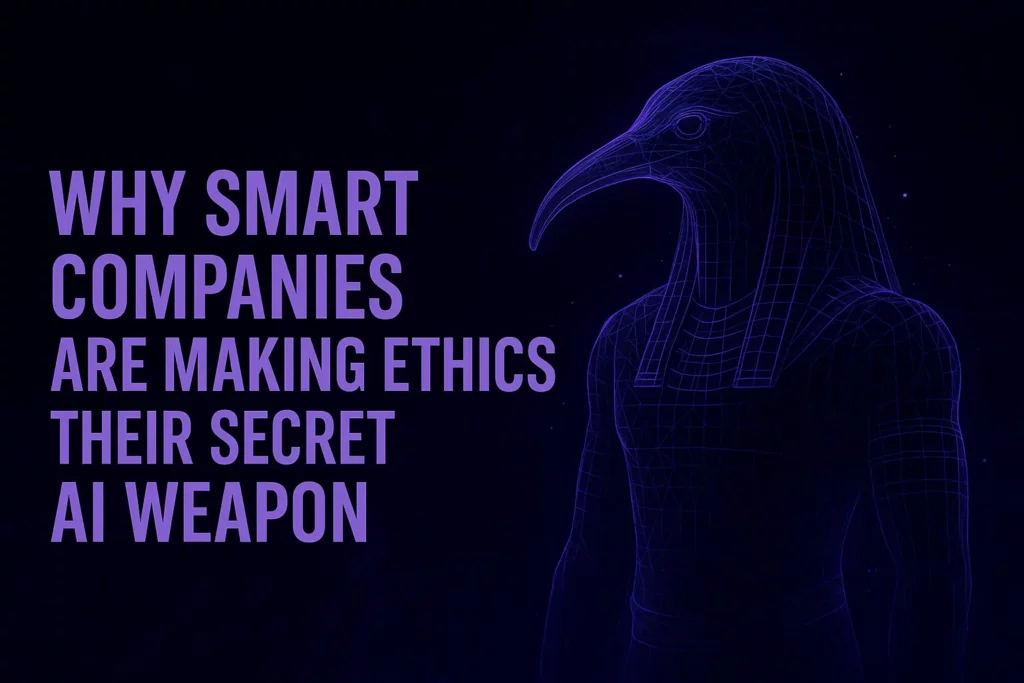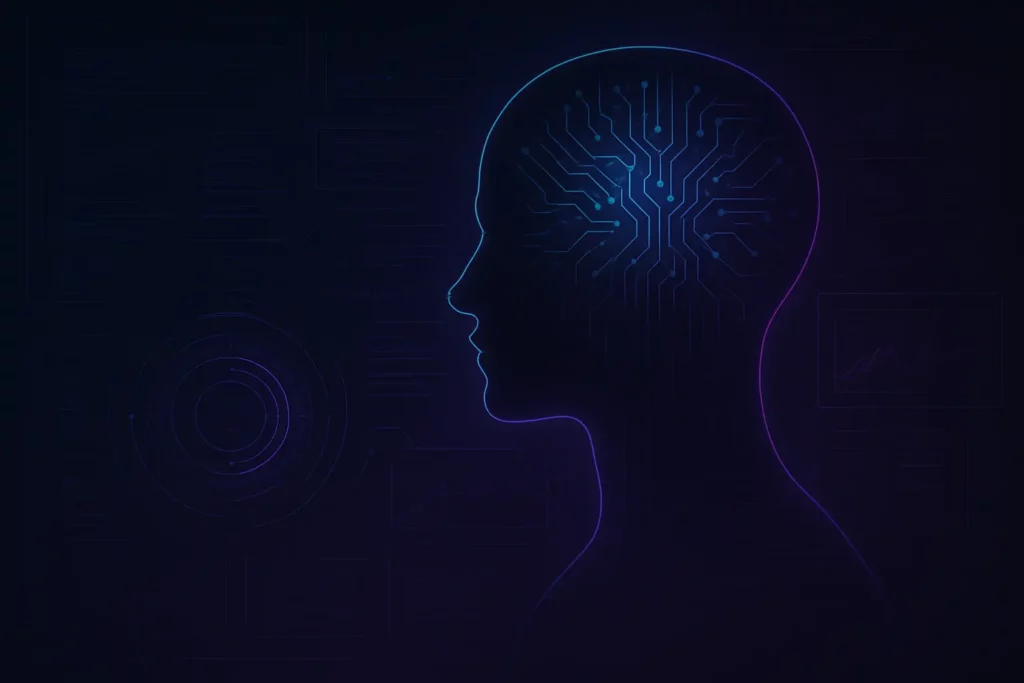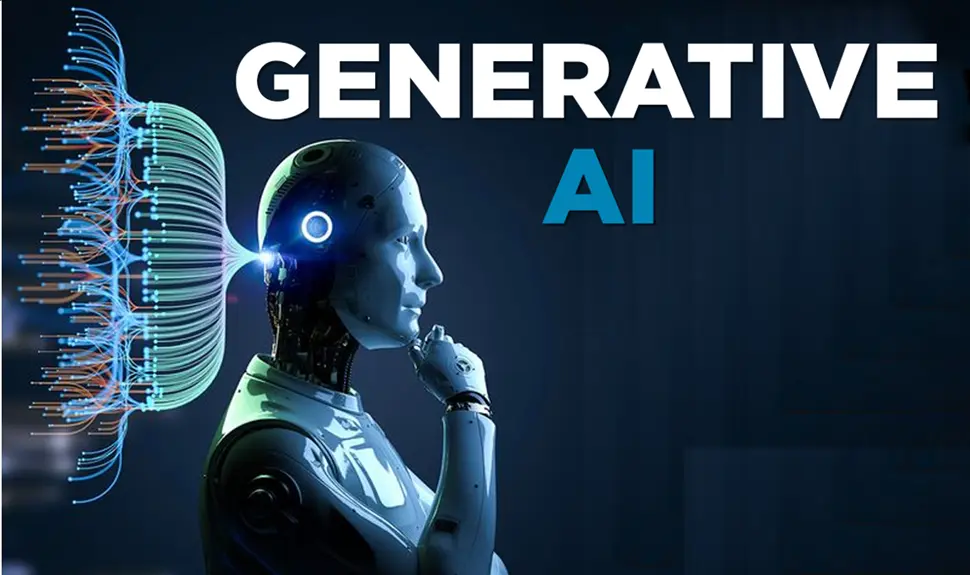Why Smart Companies Are Making Ethics Their Secret AI Weapon
Something interesting is happening in corporate boardrooms right now. While everyone talks about the latest AI models and their impressive capabilities, a smaller group of companies is quietly building something different. They’re making ethics their competitive edge rather than chasing the newest technology.
The approach sounds counterintuitive. Most people think of ethics as rules that slow things down. But the smartest business leaders are discovering the opposite proves true.

The Messy Reality of Modern AI
Take those early recommendation systems that kept showing people the same type of content over and over. Sure, engagement numbers looked great initially. But users got bored fast. Platforms lost credibility. Advertisers started pulling out when they realized their ads were appearing next to increasingly extreme content.
Compare that to companies that built ethical considerations into their systems from day one. They created algorithms that actively introduced variety and different perspectives. Users stayed engaged longer. Trust scores went up. Revenue followed.
The difference went beyond moral considerations. The results were mathematical.
Trust Has Become Currency
Research shows only 25% of Americans trust AI to give them accurate information. Think about what that means for your business. Three out of four potential customers are skeptical before they even interact with your AI-powered features.
Here lies the opportunity. Companies that can demonstrate genuine ethical practices avoid skepticism while attracting customers who are actively looking for trustworthy alternatives. These customers often pay premium prices and stick around longer.
The data backs this up. About 65% of organizations now use AI in some form, but employee confidence varies wildly between companies. Workers trust their employers more than other companies to handle AI responsibly. That trust gap represents a massive competitive advantage for companies that earn it.
Real Problems Need Creative Solutions
Financial services companies building fraud detection systems face a tricky challenge. They need to catch actual fraud while avoiding false positives that unfairly target certain groups of customers.
Traditional approaches often failed on both counts. They either missed sophisticated fraud or incorrectly flagged legitimate transactions from certain demographics. Both outcomes cost money and hurt customer relationships.
Companies taking ethical approaches found better solutions. They used techniques that actively corrected for bias while maintaining accuracy. Some actually improved their fraud detection rates because they avoided getting distracted by irrelevant demographic patterns.
The pattern repeats across industries. Ethical constraints force teams to think more creatively and build more robust systems.
Building the Right Foundation

The companies getting this right treat ethics as fundamental infrastructure rather than an afterthought. Automated bias checking runs alongside standard quality tests. Explainability tools help developers understand what their models are actually doing. Cross-functional teams include people who ask uncomfortable questions early in the process.
This approach prevents expensive fixes later. Finding a bias problem during initial testing costs thousands of dollars to fix. Discovering the same problem after deployment can cost millions and destroy years of reputation building.
Only 39% of senior executives currently use systematic benchmarks to evaluate their AI systems. The companies that do are building significant advantages over those that rely on informal assessment methods.
The Global Chess Game
Different countries are taking different approaches to AI regulation. Europe emphasizes strict rules and risk assessment. Asia tends toward industry self-regulation with government guidance. The US is somewhere in between, with sector-specific requirements emerging.
This creates complexity for global companies but also opportunity. Build systems that meet the highest standards, and you can deploy them anywhere. Cut corners, and you’ll spend years retrofitting for different markets.
Companies that started with comprehensive ethical frameworks are already operating globally while their competitors are still figuring out compliance requirements for individual regions.
The Human Element Nobody Talks About
Ethical AI represents a people problem rather than a technology problem.
The best AI systems come from diverse teams that include domain experts, ethicists, and people from the communities that will actually use the technology. This diversity leads to better questions, which leads to better solutions.
For decades, tech companies kept non-technical people out of development processes. That approach is backfiring spectacularly now. The companies building the most effective AI systems are the ones bringing more perspectives into the room.
What Happens Next
The AI market is projected to reach $644 billion in 2025. That represents a 76% increase from this year. Most of that money will flow to companies that can deploy AI safely and effectively at scale.
Scale amplifies everything. Ethical systems become more valuable. Unethical ones create bigger disasters. The companies that have spent time building ethical foundations will be ready to scale rapidly when opportunities arise. Those who have avoided this work will be stuck fixing problems.
The Practical Reality
This involves building thoughtful processes that help companies navigate difficult decisions consistently rather than achieving perfect systems or solving every ethical dilemma. Companies earn trust through actions, not marketing statements.
The companies that master this approach are positioning themselves to dominate markets where trust matters. In an AI-powered world, that will be every market.
Smart money is already moving toward companies that can demonstrate ethical AI practices. The rest will spend the next few years playing catch-up while their more thoughtful competitors pull ahead.





